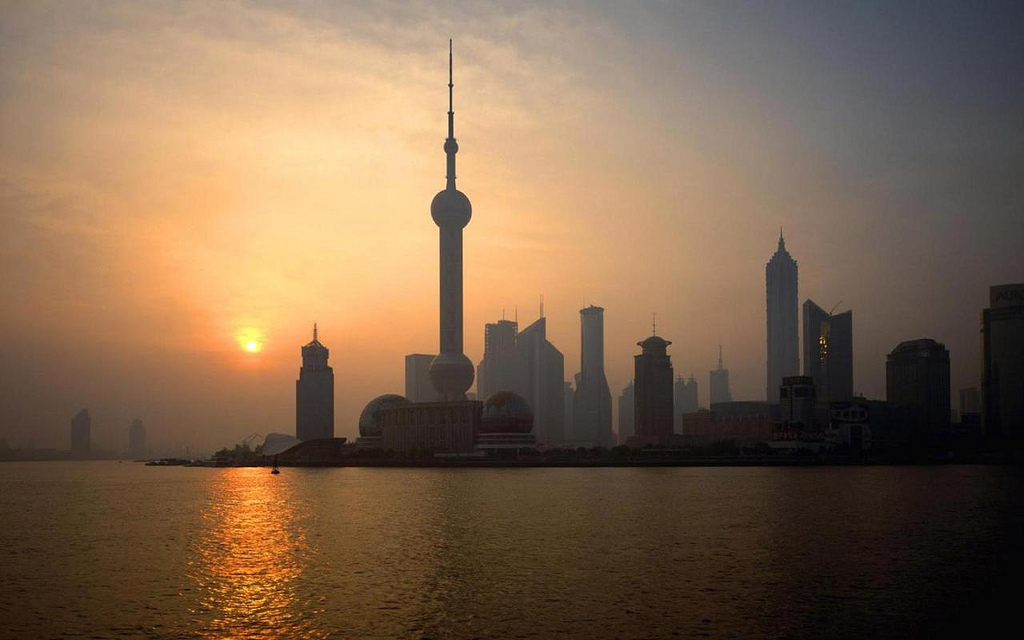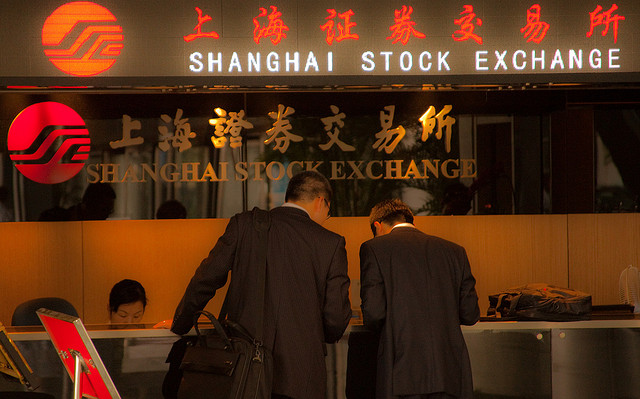China’s slowdown has been going on for five years now. After the extensive stimulus measures that kept China safe during the U.S. credit crisis of 2008 (and that benefitted the whole world), a growth decline was simply inevitable, points out Maarten-Jan Bakkum, Senior Strategist, Emerging Market Equities at NN Investment Partners. “Policy makers and economists agreed that China should rebalance its economy, with less dependence on investment and export growth and greater importance for consumer spending. In this process, overall growth would decline, but that would obviously be fine if growth would be more balanced and sustainable.”
It soon became clear that Chinese policy makers were only marginally interested in rebalancing the economy in the short term. The credit-driven investment model, in which the primacy for the most important economic decisions lies with the government, remained intact. The sectors with the largest excess capacity were rarely addressed, as local governments had major economic interests in those sectors. Overcapacity became even more significant in industries like steel and aluminum, and in parts of the housing market as well. “It gradually became clear that the economy only became more dependent on credit. So the most urgent measure – reducing the debt level in the economy – came to nothing. Since the massive stimulus package in 2008, the debt ratio has increased by 85 percentage points. This is unprecedented anywhere in the world, and leads to a significant risk of a credit crunch,” reminds Bakkum.
With the recent correction on the Shanghai stock exchange and the mini-devaluation of the renminbi, NN Investment Partners has clear that the confidence in the Chinese government is declining significantly, leading to stronger outflows and further increasing economic problems. “For the first time in decades, people begin to realise that the government in Beijing no longer has complete control over the economy. The capital flight is very difficult to stop.
Over the past sixteen months, China has faced outflows of about 700 billion euros. The authorities have clearly been overtaken by developments. Their monetary stimulus has not been enough to offset capital outflows. This makes an economic recovery increasingly unlikely, which in turn leads to more capital flight and makes further rate cuts necessary. In this process, the renminbi needs to depreciate further. But this would have undesirable effects on the financial system, as companies have accumulated a foreign debt of roughly 3 trillion US dollars during the years of renminbi appreciation,” explains the senior strategist.
“For a long time, investors considered a sharp slowdown in growth to be the biggest risk in China. In recent months, the focus has slowly shifted to a systemic crisis. This creates great uncertainty in the financial markets. And it’s not just affecting emerging markets. Finally, the realisation begins to dawn that there is a real risk of a Chinese credit crisis” concludes Bakkum.



 For Fórmate a Fondo
For Fórmate a Fondo